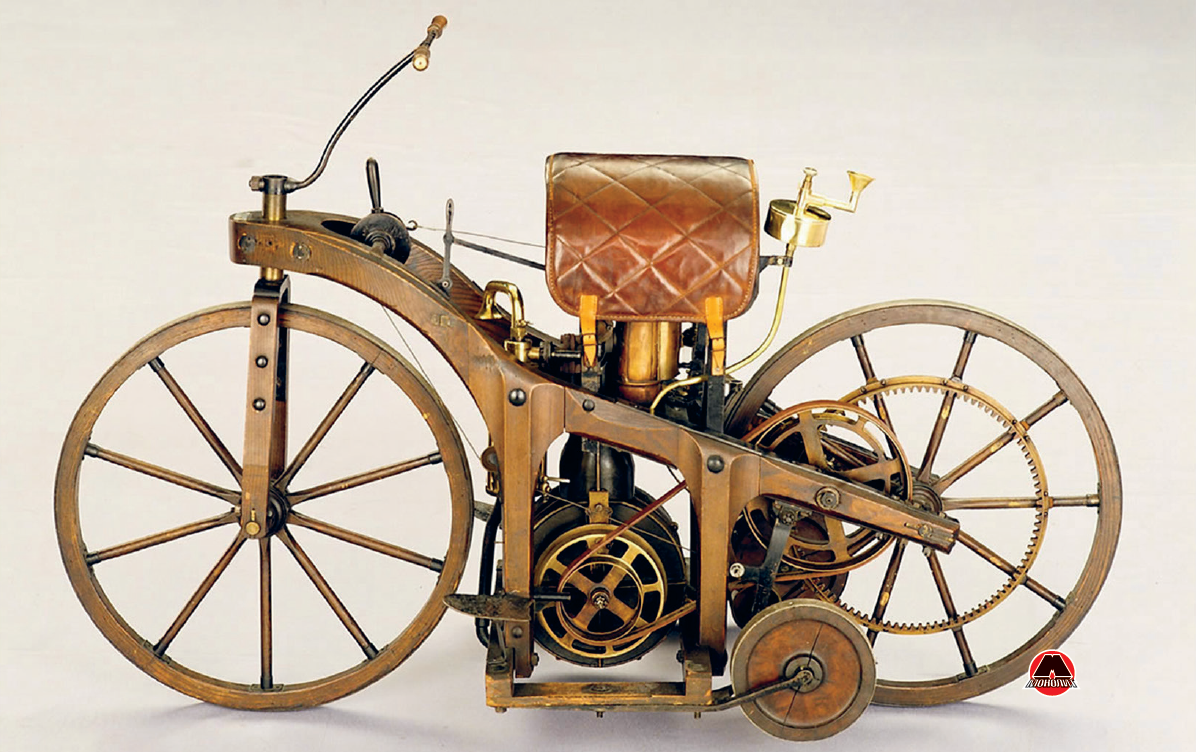1.2.4 The history of the invention of the four-stroke engine
Then the resourceful Frenchman thought of inventing a primitive cooling system - the engine started up again and ... again for a short time. Lenoir drew a line, but not the last, under his experiments after the introduction of the lubrication system. But the operation of this unit was more like the operation of a steam engine, which nullified all its possibilities. It had a very low coefficient of performance (COP) and, as a result, only 2 hp. with 18 liters of volume.
In less than 20 years (in 1876), a German engineer and self-taught inventor - Nikolaus August Otto - created and patented a four-stroke internal combustion engine. Compression stroke, which made it possible to significantly increase the power taken from a unit of volume, was its peculiarity. But the engine is not the whole car. In order for it to somehow fit into the design of the vehicle, there was a need for a more convenient, transportable fuel.
The invention of gasoline solved this problem. First self-moving carriages running on gasoline were invented very soon. One of the pioneers in this direction was the great Gottlieb Daimler. In 1885 he introduced the “great-grandfather” of the motorcycle - a two-wheeled self-moving vehicle with an internal combustion engine. It was a motorcycle, but not a car.

Figure 1.3 Two-wheel carriage (motorcycle) invented by Gottlieb Daimler.
The latter, by the way, was patented in 1886, by Daimler and Karl Benz independently of each other.

Figure 1.4 Self-moving carriage invented by Gottlieb Daimler.
Disputes about who should be considered the father-inventor of the car lasted more than one year. After long litigation, the primacy was given to Benz, because he created his self-moving carriage from beginning to end singlehandedly.

Figure 1.5 Self-moving carriage invented by Karl Benz.
But no one was going to stop there. Even very noisy, smoking and oil-stinking carriages started attracting many people. Many did not see the point in buying an expensive toy. However, this did not hinder their development. Even more - at the end of the 19th – at the beginning of the 20th century, the first electric vehicles that were ahead of their time by almost a hundred years were invented. But, alas, at that time there were no technologies for creating sufficiently capacious batteries that could make it impossible to travel even over short distances.



















2 MB